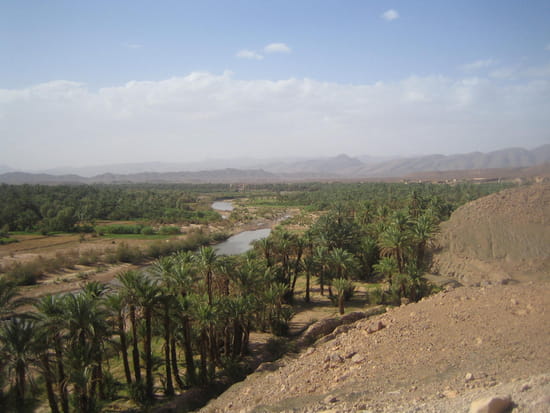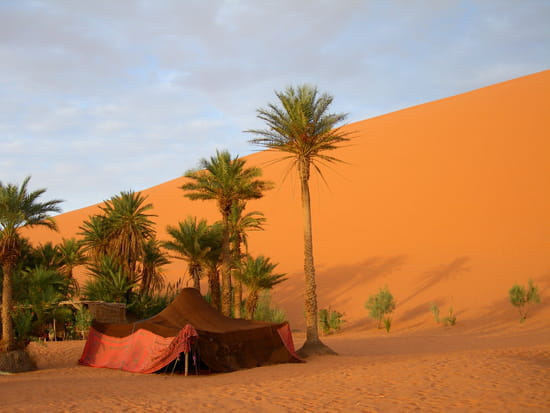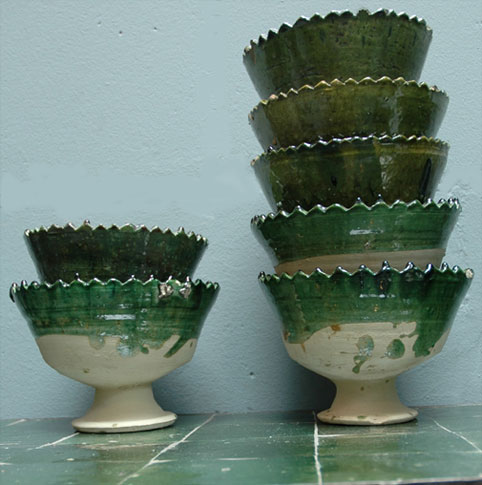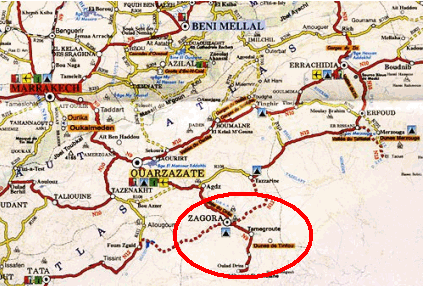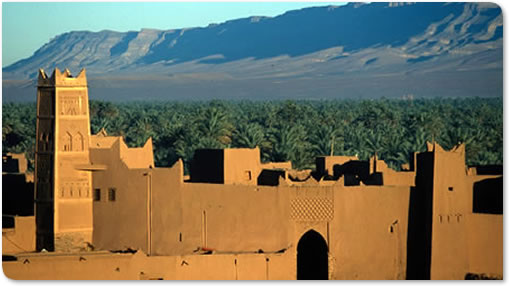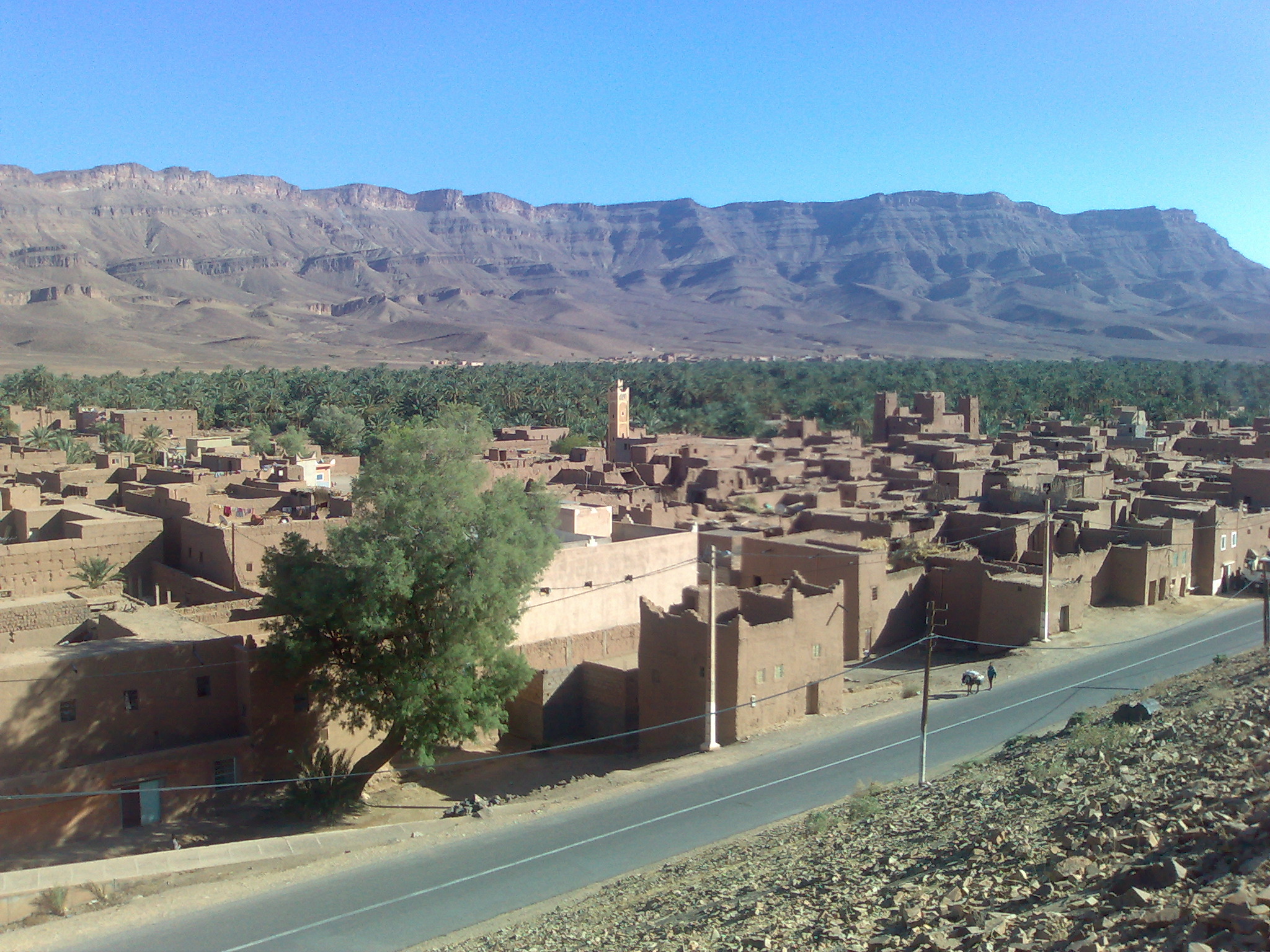Zagora is not a huge city, though it can be considered the largest city inside a radius of 150 km, the city is mainly famous for its genuine kasbahs, a Kasbah is an old building like a palace where mainly Pachas and governos or the small tribes once lived, it is a cultural Moroccan heritage that we find in so many southern cities, such as: Taroudant, Marrakech, Ouarzazate, Tiznit, Dakhla, and Errachidia.
Zagora is one of the top travel destinations in southern Morocco, the city offers a wide rang of hotels at different price ranges, some of the good quality hotels around zagora is Kasbah Sirocco, -pic- there is also some 4/5-star hotels, and prices are affordable both for tourists and Moroccans, these hotels and riads offer also good quality restaurants, serving moroccan dishes as well as european cuisine, their menus are fairly interesting, and you will eat good compared to what you pay.
Zagora has good travel commections with so many neighboring cities, mainly Ouarzazate, Errachidia, Rissani, Kallaa Megouna, as well as M'Hamid El ghezlan.










